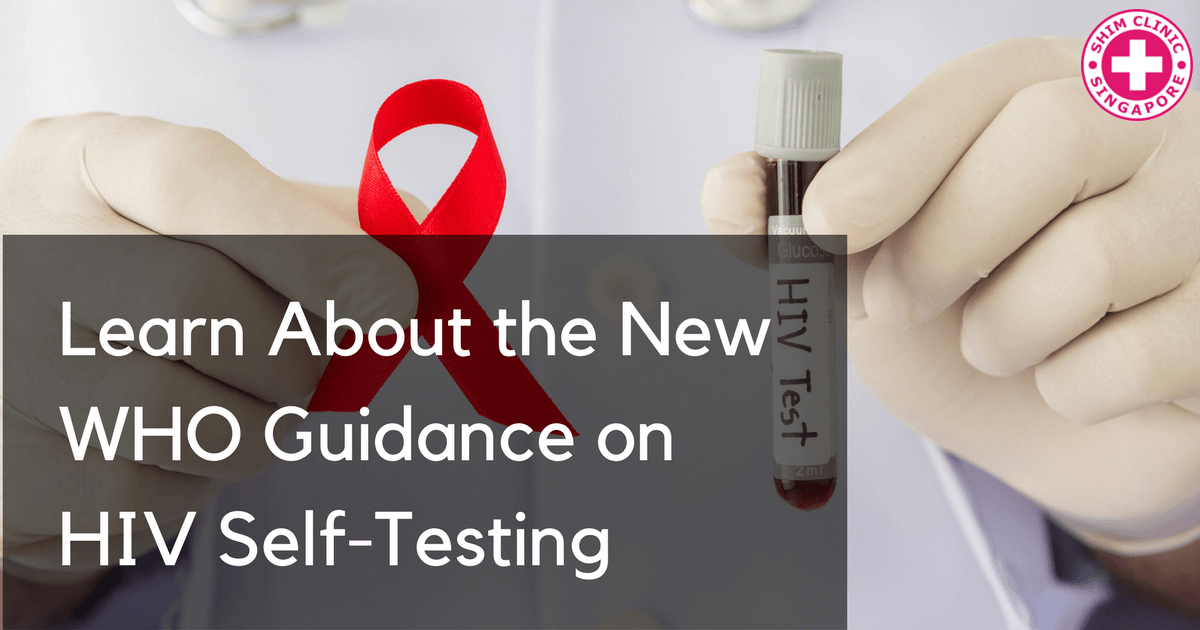The World Health Organization released new guidelines on Human Immunodeficiency Virus self-testing late last year. The guidelines are aimed to increase access to HIV diagnosis. WHO reported that over 18 million people living with HIV are under antiretroviral treatment with a similar number unable to access the treatment, many of whom are not aware of their HIV status.
The lack of diagnosis especially for such a huge number of people is an impediment towards the agency’s recommendation to put all HIV positive people on ART. One of the organisation’s directors also reported that ART for those affected can be used to prevent HIV transmission to others.
How does the Test Work?
HIV self-testing is a process that involves people using oral fluid or blood from a finger-prick for HIV testing. The self-test is a private and convenient method of HIV diagnosis that gives you results within 20 minutes or less. In the event that a person gets HIV-positive results, he/she is advised to proceed to HIV testing clinics for confirmatory tests. In addition, WHO recommends that the said person should receive information on counselling and information on prevention, treatment and care services available for the infection.
The HIV self-testing is aimed at reaching more people who do not know their HIV status but are HIV positive,therefore empowering individuals in diagnosing HIV in its early stages as well as bringing testing services at the comfort of people’s homes. This will go a long way in providing access to HIV testing to those who have challenges in accessing such services.
Groups that Miss out on HIV Testing
HIV testing, however, still remains relatively low among certain groups of the population. For instance, the number of men who go for HIV testing is notably lower than the number of women. As a result, men with undiagnosed cases of HIV are less likely to be put on treatment and more likely to perish of causes related to HIV than women.
However, some women are also missing out on HIV testing. For example, adolescent girls and young women in East and Southern Africa are reported to experience infection rates 8 times higher than adolescent boys and young men. Again, in the age group 15 to 19 years, less than one girl in every five is aware of her HIV status.
In addition, testing among ‘key populations’ remains low, especially among men having sex with men, commercial sex workers, transgender people, people who use injection drugs and prison inmates.
Partners of people living with HIV are also reported to be HIV positive with many of them not getting HIV testing.
These new WHO guidelines are tailored for such groups of people while recommending ways to assist people living with HIV to inform their partners of their status and also encouraging HIV testing.
HIV self-tests have been proven to increase the frequency of HIV testing among men who have sex with men. In addition, one real life example from Kenya where male partners of pregnant women tested for HIV at least twice when offered the self-test, as opposed to the standard test. This shows that self-tests increase the uptake of HIV testing. It is due to such examples that WHO supports the distribution of free HIV self-tests in order to make it more affordable for people.
However, many countries are yet to have and implement policies in support of HIV self-testing. Currently, only 23 countries have such policies. This makes the implementation of HIV self-testing limited. Helping countries scale up implementation is another one of the purposes of the new guidelines.

